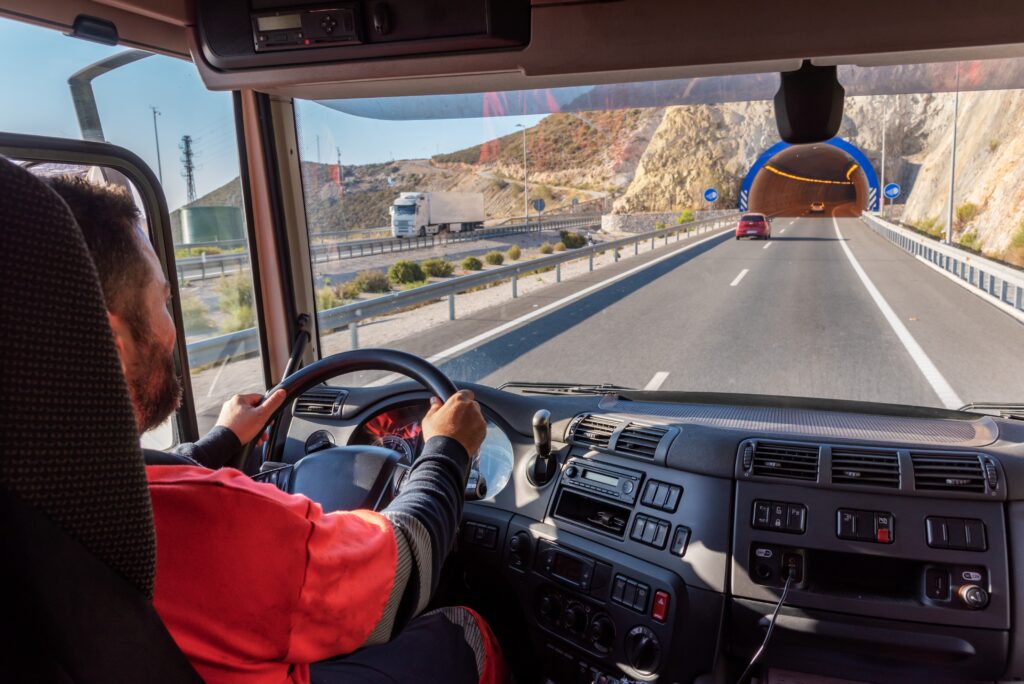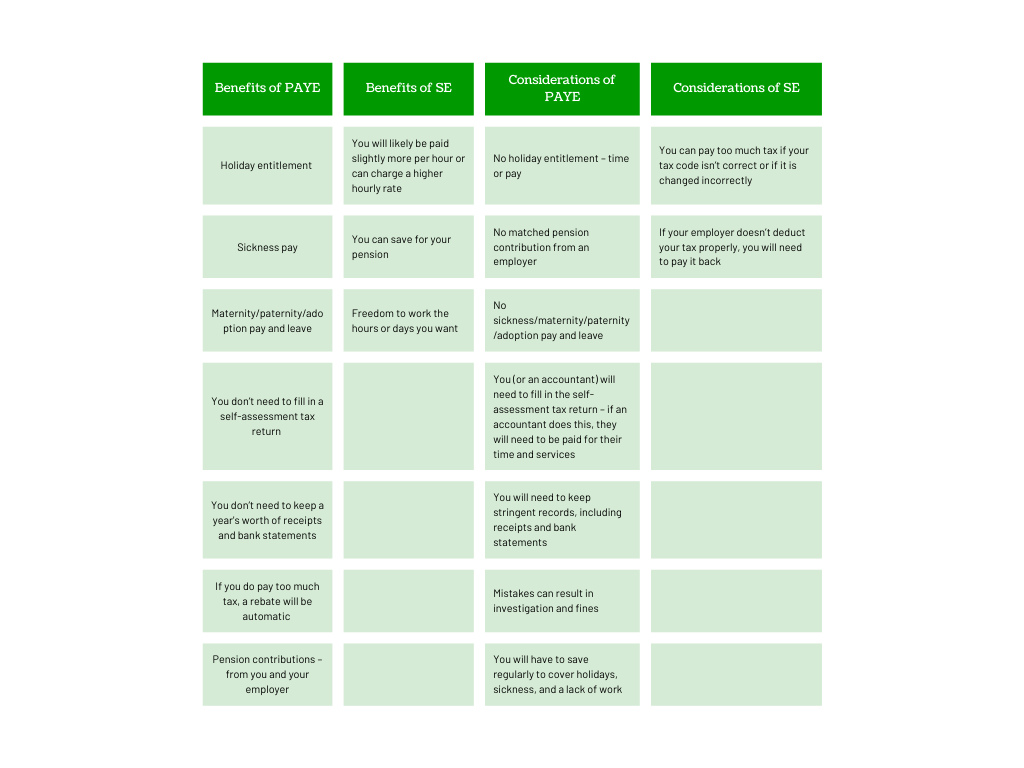Becoming an LGV or HGV driver can be such a rewarding experience. Truck drivers get to ditch the standard 9 to 5 for a job that takes them out on the open road, gives them their independence back, and lets them earn a very impressive wage, all at the same time.
Not to mention becoming a valued worker with in-demand skills and experience – what’s not to like?
But if you’ve been seeking training to drive HGVs or LGVs you may have become a little confused about a certain detail… what’s the difference between HGV training and LGV training?
They’re both terms that get thrown around a lot, so it would help if you have the clearest picture possible about each of them, before deciding to dive into driver training.
At HGV Training Network, we’re home to over 50 centres for driver training, scattered across the country, so we like to think we know a thing or two about HGVs and LGVs! With this in mind, here are some of the answers you may be looking for…

Is there a difference between HGV and LGV?
In short, no! ‘HGV’ and ‘LGV’ are interchangeable terms used to describe larger, heavier commercial carrier vehicles that transport goods from A to B. Back in the day (pre-1990s) HGVs and LGVs were indeed different vehicles, with the terms used to describe large vehicles of certain weights.
An HGV (Heavy Goods Vehicle) was recognised as anything that had a gross vehicle weight of 3,500kg, while an LGV (back then known as Light Goods Vehicles, now known as Large Goods Vehicles) was any large transport vehicle below this figure, to a certain size.
In 1992, the UK merged its driving licence standards with those of the EU, meaning the rules suddenly changed. Under this new guidance, in essence, there was no longer a difference between HGVs and LGVs. It’s a little confusing, especially for drivers who were around during this time and who are still driving today.
But the point is that, from a legal standard, HGVs and LGVs now mean the same thing. And if you think about it, it actually gives you less to worry about, once you’re in the know!
*Did you know – HGVTN has over 300 5-star reviews on Google from satisfied learners, who’ve since gone on to become fully-licenced HGV drivers?
Are HGV training and LGV training different?
As you may have gathered from the previous section, because HGVs and LGVs are now classed as the same vehicle, there’s no difference in training for said vehicles. Whether you refer to it as an HGV or an LGV, you’ll still be learning to drive larger transport vehicles and will exit your training with all the same qualifications and excellent career prospects.
So, when you’re on the hunt for driving jobs after you’ve completed your training and earned your HGV licence (or LGV licence, if this is the language you prefer) be sure to look into both HGV driver jobs and LGV driver jobs – you’ll be able to apply for both!
Plus, if you’re interested in reaching even further afield and developing your driving skills even further, HGV Training Network also offers driver training for a host of other vehicle types. Be sure to check them all out on our website here.

What is the difference between an HGV licence and an LGV lorry licence?
You’ve probably guessed the answer to this by now, right? When the licence rules changed back in the 1990s, so did the technicalities involved in these licences.
The main thing you need to know is that, technically, there is no difference between an HGV licence and an LGV licence – they both mean the same thing. You will, however, have the option to earn licences that allow you to drive large vehicles belonging to different categories.
These licences used to be broken down into ‘Classes’ – primarily Class 1 and Class 2. However, under the current language, the HGV Class 1 is now known as the Category C+E licence, while Class 2 is simply known as Category C.
- The Category C licence lets you drive commercial trucks over 7.5 tonnes and up to 32 tonnes (think of this as the standard HGV licence).
- The Category C+E licence lets you drive a large rigid vehicle that is articulated and bends in the middle – these require slightly more in-depth training.
Train to drive HGVs and LGVs at HGV Training Network
Ready to kick start your journey towards becoming a professional HGV/LGV driver?
At HGV Training Network, we have all the resources you need and a team of experienced and reliable instructors who will guide you towards your driving dreams.
Plus, thanks to our flexible financing options, you could train now and pay later, saving you the headache of needing to pay for everything upfront – what’s not to love?
Get in touch with the HGVTN team today to get the ball – and the wheels – rolling!




















